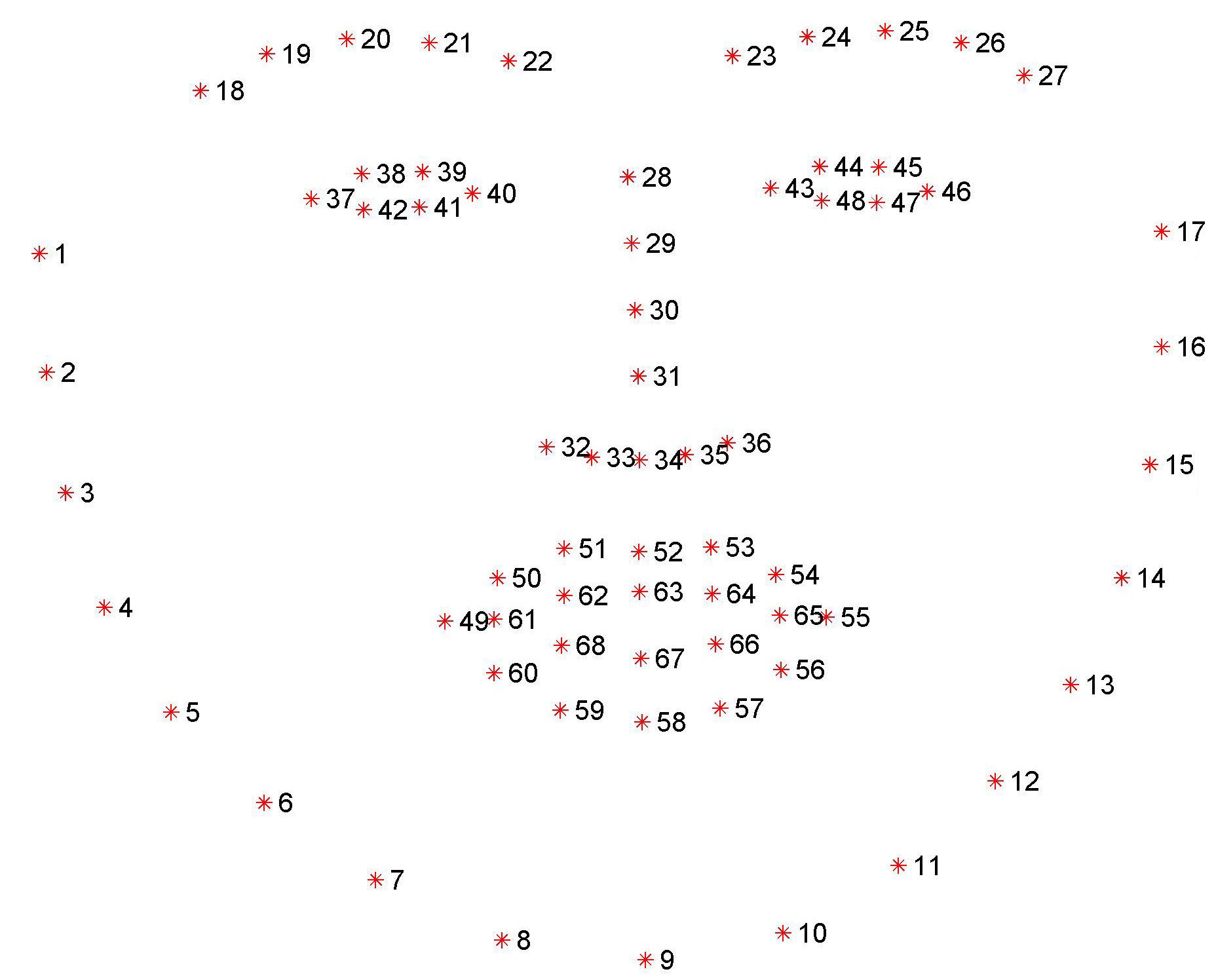I am currently implementing a CNN to recognise the identity of people given a portrait picture of the person. The objective is to maximise the clf.score function in sklearn, the database is composed of 144 images of 70 different individuals. The program will be tested on a database of images of the same 70 individuals, which I do not have access to.
For most of the pictures, my facial recognition algorithm (openCV) will detect and crop out the background, leaving only the face, but in certain cases, it does not find a face.
What solution will return the best classification score?
Options I've considered are:
- Leaving the picture as is (Useless background info isn't removed)
- Cropping a predefined area (Could risk cropping out parts of the face)

